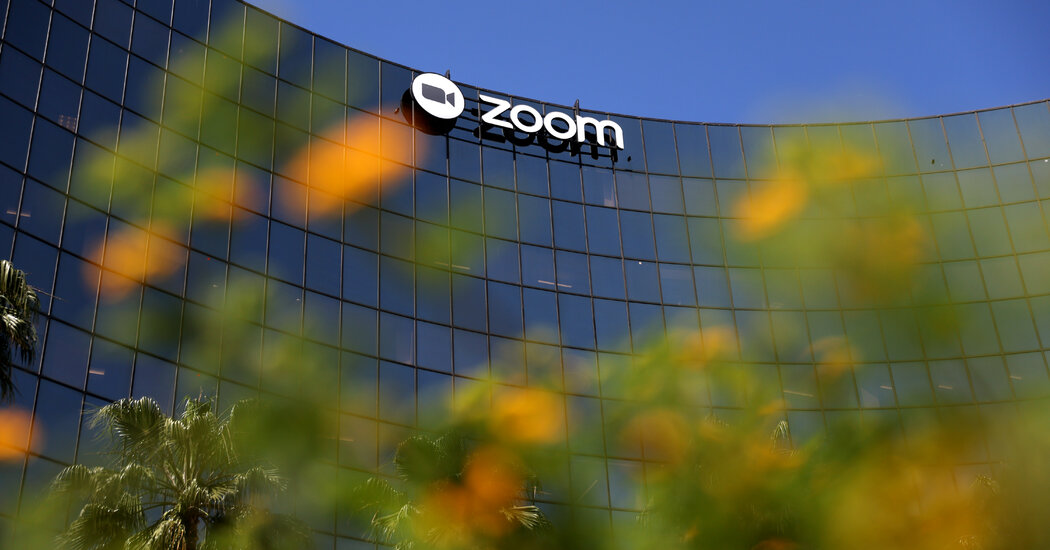“Optimism Abounds: Manitoba and Canada’s Economic Forecast for 2021”
When the Bank of Canada raised interest rates by 0.25 percent two weeks ago, it was the eighth hike in 10 months.
But Pierre Cleroux, chief economist at the Business Development Bank of Canada (BDC), told members of the Manitoba Chambers of Commerce on Tuesday morning that the good news is it’s likely to be the last and by the end of the year interest rates should start coming down .
“The rate hikes have done their job,” Cleroux said, meaning inflation is beginning to come down.
MIKE DEAL / WINNIPEG FREE PRESS KIT
Pierre Cleroux, chief economist at the Business Development Bank of Canada (BDC), expects Manitoba’s economy to outperform Canada this year – growth of 0.9 percent is forecast for Manitoba and 0.5 percent for the country.
It also means Manitoba and Canada are unlikely to enter a recession this year, Cleroux said.
Now Cleroux also pointed out that there are some quibbles about the use of the word, which carries very negative connotations.
While Cleroux forecasts GDP growth of 0.5 percent in Canada this year, there are still some forecasters calling for a mild recession and a 1.0 percent contraction in 2023.
The difference between 0.5 percent growth and 1.0 percent decline is not very significant. Cleroux noted that if a company suffered a 10 percent drop in sales it would be a very big deal, but a 1.0 percent drop wouldn’t be nearly as worrisome.
Cleroux’s expectation that there will be no major recession rests on a few fundamental elements that differ from previous recessions, notably that the last two, 2007 and 2020, were caused by outside forces – the US financial crisis, the one global crisis caused recession and pandemic in 2020.
This time the economy is doing well but causing too much inflation and the Bank of Canada has raised interest rates to reduce inflation
“This is a much more controlled situation,” he said. “If the economy slows down too much, the Bank of Canada can cut interest rates. So we are more optimistic about this slowdown than we have been in the last two recessions.”
Not surprisingly, Croux expects Manitoba’s economy to outperform Canada this year – growth of 0.9 percent is forecast for Manitoba and 0.5 percent for the country.
Manitoba’s economy fares better when there is a downturn in the larger national market, Cleroux points out, because of its diversified economy.
In fact, the data for Manitoba is pretty strong. Not only does this province continue to see unemployment rates above the national average — 4.3 percent in Manitoba compared to 5.0 percent in Canada in December 2022 — but Manitoban residents pay, on average, about 25 percent less than the national average Average monthly payments for new mortgage loans.
Retail sales in that province remain well above pre-pandemic levels while consumption falls statewide, and while home prices are down about 6.5 percent from the Manitoba peak, it’s nothing compared to the nationwide decline of 19 percent. Housing starts have also held up well in the province.
“The burden of higher interest rates is less here than in Canada,” Croux said. “The impact of rate hikes is not the same in Manitoba. That’s why the economy won’t slow down that much. We’re not talking about a recession here.’
Cleroux said the BDC doesn’t forecast provincial growth rates outside of the current year because it doesn’t have the same amount of data it has for the country. BDC forecasts growth of 1.2 percent for Canada in 2024.
Regardless of the pandemic, he said the fact that Canada had such strong growth — 4.6 and 3.5 percent — in 2021 and 2022 meant that economic growth was exceeding the economy’s capacity, and hence the rising inflation, which reached 8.1 percent in June. 2022, a 40-year high.
Cleroux is as bullish as he is on the recovery as the global economy will not face the two surprises that have occurred this time – the war in Ukraine and the supply chain disruption.
With inflation under control – the inflation rate has been just 1.0 percent annualized over the past three months – and with supply chain disruptions almost all worked out of the system and the fallout from the Russian war in Ukraine, the better are understood, the way forward is clearer.
But Cleroux said a nagging challenge that companies have been grappling with – labor shortages – is not going away.
This is due to the aging workforce that is not getting any younger.
“Nearly 20 percent of Manitoba’s workers are older than 55. That was just 12 percent 20 years ago,” he said. “That means 20 percent of the workforce will retire in the next 10 years. This is a unique situation and a new phenomenon.”
Cleroux’s advice to companies facing this challenge – invest in technology.
Martin Kasse
reporter
Martin Cash has written a column and business news for the Free Press since 1989. During these years he has written about a series of economic cycles and the rise and fall (and rise) in wealth of many local businesses.
Read full bio
Source: www.winnipegfreepress.com
Don’t miss interesting posts on Famousbio










